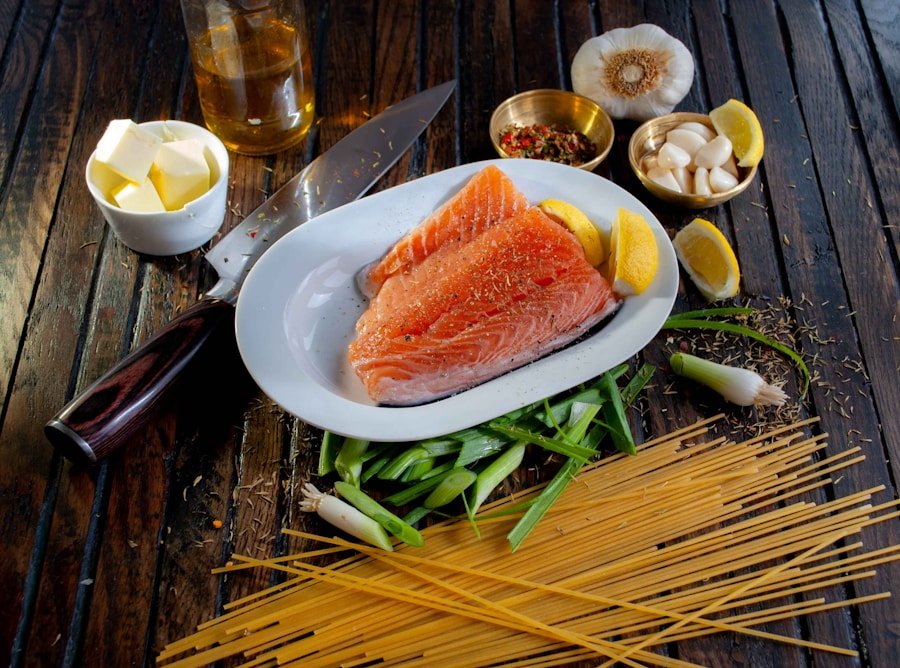The quest for effective weight management and fat loss has led many individuals to explore various dietary strategies. Among these, the concept of fat-burning foods has gained significant attention. These foods are believed to enhance the body’s ability to burn fat, either by increasing metabolism, promoting satiety, or providing essential nutrients that support overall health.
The idea is not merely about consuming specific items but rather about integrating a variety of nutrient-dense foods into one’s diet that can synergistically work to optimize metabolic processes. Fat-burning foods can be categorized into several groups, each contributing uniquely to weight loss and metabolic health. From lean proteins that help build muscle to high-fiber options that promote fullness, the right combination of foods can create a powerful impact on one’s body composition.
Understanding how these foods function and their specific benefits can empower individuals to make informed dietary choices that align with their health goals.
Key Takeaways
- Introduction to Fat-Burning Foods: Understanding the concept of fat-burning foods and their role in weight loss and metabolism.
- Lean Protein Sources for Metabolism Boost: Incorporating lean protein like chicken, turkey, and fish to increase metabolism and support muscle growth.
- High Fiber Foods to Support Weight Loss: Adding high fiber foods such as fruits, vegetables, and whole grains to aid digestion and promote feelings of fullness.
- Spicy Foods and Their Metabolism-Boosting Properties: Exploring the metabolism-boosting benefits of spicy foods like chili peppers and cayenne pepper.
- The Power of Green Tea for Fat Burning: Recognizing the fat-burning properties of green tea and its potential to increase metabolism and aid in weight loss.
Lean Protein Sources for Metabolism Boost
Boosting Metabolism through Protein
Consuming adequate protein is crucial because it requires more energy for digestion compared to fats and carbohydrates, a phenomenon known as the thermic effect of food (TEF). This means that by incorporating lean proteins into meals, individuals can effectively increase their metabolic rate, leading to greater calorie expenditure.
Muscle Preservation during Weight Loss
Moreover, lean proteins play a vital role in muscle preservation during weight loss. When the body is in a caloric deficit, it can lose muscle mass along with fat. However, adequate protein intake helps maintain muscle tissue, which is metabolically active and burns more calories at rest compared to fat tissue.
This underscores the importance of including sources like fish, poultry, and legumes in daily meals to support both metabolism and overall body composition.
High Fiber Foods to Support Weight Loss

High-fiber foods are another cornerstone of a fat-burning diet. Fiber-rich foods such as fruits, vegetables, whole grains, and legumes not only promote digestive health but also enhance feelings of fullness. When consumed, fiber absorbs water and expands in the stomach, which can lead to reduced appetite and lower overall calorie intake.
This satiating effect is particularly beneficial for those looking to manage their weight effectively. Additionally, fiber plays a crucial role in regulating blood sugar levels. Foods high in fiber slow down the absorption of sugar into the bloodstream, preventing spikes and crashes that can lead to cravings and overeating.
For example, incorporating oats or quinoa into breakfast can provide sustained energy throughout the morning while keeping hunger at bay. Furthermore, studies have shown that individuals who consume a high-fiber diet tend to have lower body weight and reduced risk of obesity-related diseases. Thus, integrating a variety of fiber-rich foods into daily meals can significantly support weight loss efforts.
Spicy Foods and Their Metabolism-Boosting Properties
| Spicy Food | Metabolism-Boosting Properties |
|---|---|
| Chili Peppers | Contains capsaicin which can increase metabolism and help burn calories |
| Ginger | Can help increase metabolism and improve digestion |
| Cayenne Pepper | Contains capsaicin which can boost metabolism and reduce appetite |
| Black Pepper | Contains piperine which may help increase metabolism and improve nutrient absorption |
Spicy foods have long been associated with various health benefits, including their potential to boost metabolism. Ingredients like chili peppers contain capsaicin, a compound known for its thermogenic properties. Capsaicin can increase energy expenditure by raising body temperature and promoting fat oxidation.
This means that incorporating spicy foods into meals may lead to a temporary increase in calorie burning after consumption. Moreover, spicy foods can enhance flavor without adding extra calories, making them an excellent choice for those looking to reduce caloric intake while still enjoying their meals. For instance, adding jalapeños or cayenne pepper to dishes can elevate the taste profile while simultaneously providing metabolic benefits.
Research has indicated that individuals who consume capsaicin regularly may experience improved weight management outcomes due to its appetite-suppressing effects and ability to increase metabolic rate. Therefore, embracing spicy ingredients can be a flavorful strategy for those aiming to enhance their fat-burning potential.
The Power of Green Tea for Fat Burning
Green tea has garnered attention as a powerful beverage for those seeking to enhance their fat-burning capabilities. Rich in antioxidants known as catechins, particularly epigallocatechin gallate (EGCG), green tea has been shown to promote fat oxidation and improve metabolic rate. Studies suggest that regular consumption of green tea can lead to significant reductions in body fat percentage and waist circumference.
The mechanism behind green tea’s effectiveness lies in its ability to stimulate the central nervous system and increase the release of fat from fat cells. This process not only aids in fat burning during exercise but also enhances overall metabolic function at rest. For example, a study published in the Journal of Nutrition found that participants who consumed green tea extract experienced greater fat loss compared to those who did not.
Incorporating green tea into one’s daily routine—whether as a hot beverage or iced drink—can be an enjoyable way to harness its fat-burning properties while reaping additional health benefits.
Healthy Fats and Their Role in Metabolism

While it may seem counterintuitive, healthy fats play an essential role in a fat-burning diet. Foods rich in monounsaturated and polyunsaturated fats—such as avocados, nuts, seeds, and olive oil—can actually support metabolic health and promote weight loss when consumed in moderation. These fats are not only satiating but also help regulate hormones that control appetite and metabolism.
Incorporating healthy fats into meals can enhance nutrient absorption as well; certain vitamins (A, D, E, and K) are fat-soluble and require dietary fats for optimal absorption. For instance, drizzling olive oil over a salad not only adds flavor but also ensures that the body effectively absorbs the beneficial nutrients from the vegetables. Additionally, research has shown that diets higher in healthy fats can lead to improved body composition and reduced inflammation—factors that are crucial for effective weight management.
Metabolism-Boosting Fruits and Vegetables
Fruits and vegetables are integral components of any fat-burning diet due to their low calorie density and high nutrient content.
For example, berries such as blueberries and raspberries are rich in antioxidants and fiber while being low in calories, making them an excellent choice for snacking or adding to meals.
Cruciferous vegetables like broccoli, cauliflower, and kale are also noteworthy for their metabolism-enhancing effects. These vegetables contain compounds that may help regulate hormones related to metabolism and appetite control. Furthermore, they are high in fiber and water content, which contributes to feelings of fullness without adding excessive calories.
Incorporating a colorful variety of fruits and vegetables into daily meals not only supports metabolic health but also provides essential vitamins and minerals necessary for overall well-being.
Conclusion and Tips for Incorporating Fat-Burning Foods into Your Diet
Incorporating fat-burning foods into one’s diet does not have to be overwhelming; rather, it can be an enjoyable journey toward healthier eating habits. One effective strategy is to gradually introduce these foods into daily meals rather than attempting an abrupt overhaul of one’s diet. For instance, starting with small changes—such as swapping out refined grains for whole grains or adding a serving of lean protein at each meal—can create lasting habits over time.
Meal planning can also be beneficial in ensuring that fat-burning foods are readily available throughout the week. Preparing meals in advance allows individuals to make conscious choices rather than resorting to convenience foods that may not align with their health goals. Additionally, experimenting with spices and herbs can enhance the flavor profile of dishes while providing added health benefits.
Ultimately, the key lies in creating a balanced diet that includes a variety of nutrient-dense foods while being mindful of portion sizes. By focusing on whole foods—lean proteins, high-fiber options, healthy fats, fruits, vegetables, and metabolism-boosting beverages like green tea—individuals can effectively support their weight loss efforts while enjoying delicious meals that nourish their bodies.
If you are looking to boost your fat burning potential, consider incorporating foods like green tea, chili peppers, and lean proteins into your diet. These foods have been shown to increase metabolism and promote fat loss. For more information on weight loss drugs and their potential risks, check out this article from ABC News:
